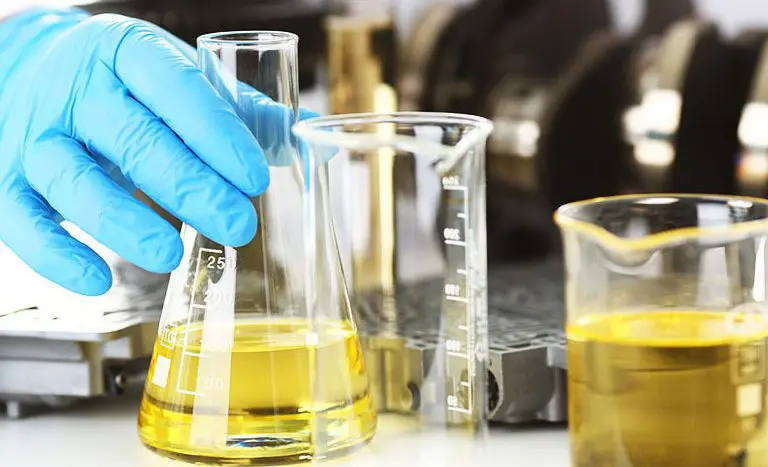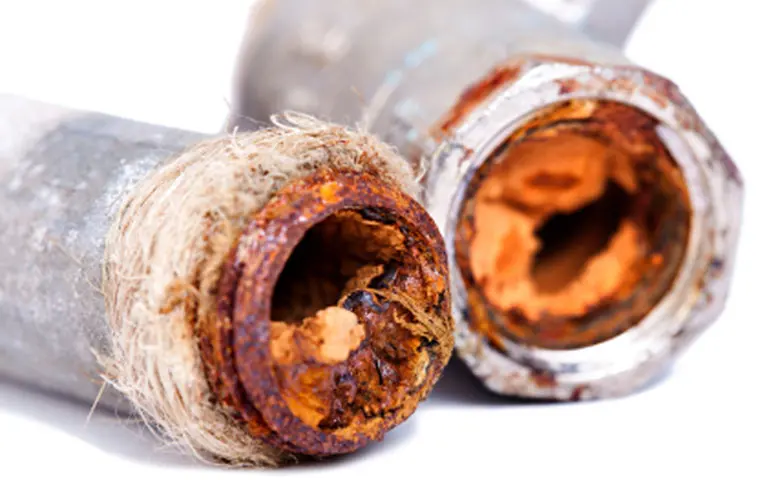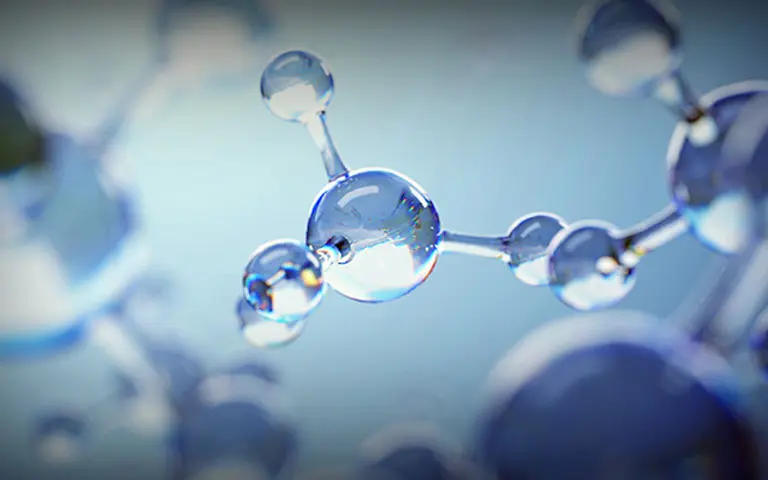Application of antiscalant in water purification
As mentioned many times throughout the text, these materials strongly resist the formation of deposits on the membranes of industrial desalination and reverse osmosis devices. Formation of sediment on the membranes reduces their efficiency to a great extent and lowers the efficiency of the device in reducing water hardness. Anti-fouling materials are used for this purpose. The function of these materials is to prevent the formation of sediment on the membrane, causing a delay in the process of sediment formation. In industrial desalination systems, various equipments are used, including sand filters and carbon filters, each of which is effective in removing salts and pollutants in water. Finally, micron filters are used, which have a high impact on the quality of the output water.
Antiscalants are used in water purification before micron filters and after sand filter and carbon filter, and by delaying the sediment formation process, they remove the solutes from the RO device along with the effluents.
Reverse osmosis antiscalant
One of the main uses of these materials is reverse osmosis. Reverse osmosis antiscalant is injected into the system along with a small amount of acidic substances and prevents the formation of deposits on the membranes. Injected acidic substances prevent the formation of calcium carbonate and calcium phosphate deposits and adjust the value of the LSI index in the range of one to two.
Effects of anti-scalant or anti-fouling of membranes
As much as antiscalant can help increase the life of the reverse osmosis device, choosing the wrong type and using it incorrectly can damage this equipment. As it is possible to point out the side effects of inappropriate antiscalants, creating an acidic environment in water and corrosion in equipment. In addition, not injecting it in the right amount causes a lot of sediment to form on the membranes. Sedimentation of the pores of the membranes over time puts a lot of pressure on the machine’s engine and also increases the energy consumption to a great extent. In addition, over time, the water output from the device will decrease.
Calculate the amount of antiscalant injection
Due to the complications of not injecting antifouling substances in the correct amount in the filter, it is necessary to calculate the exact amount with the help of the formula. Various factors play a role in the calculation formula of antiscalant injection, the most important of which is the type of these materials. In addition, the amount of PH, temperature, amount of TDS, and the flow rate of the incoming water all play a role in this formula, and finally, the exact dosage amount is measured with the help of special software, including Corola.t.
How to inject antiscalant
Considering that these anti-fouling materials are used to prevent various deposits on the membranes, for this reason they are injected between the cartridge filter and the pressure pump. After determining the appropriate place to inject these substances, the exact amount of the dose required according to the existing conditions in terms of the amount of water and pH, etc., the antiscalants enter the fluid. Dosing pumps are used for injection, and according to their type, all measurement and injection steps can be done automatically or with the intervention of a human operator.
Anti-scalant test
In the process of antiscalant production, many tests are performed to prepare the product with the best quality, purity and efficiency. In general, anti-scalant tests that are performed in laboratory environments based on NACE and ASTM standards, measure the efficiency and effectiveness of these materials. In addition, the inhibition percentage of the material from the formation of calcium sulfate and calcium carbonate deposits, etc., is also qualitatively and quantitatively measured in this test and is assigned to the quality grade product.
Choosing the best antiscalant
Anti-scalant brand in Iran and foreign countries offer different features for their products. For this reason, there are differences in quality as well as density and PH etc. in them. In choosing antiscalant with the best quality and features, it is necessary to pay attention to the following:
Antiscalant density
One of the most important things in choosing these materials is paying attention to their density. The antiscalants available in the market have densities of 2 to 8 grams per cubic meter, and the appropriate type can be selected based on the desired fluid type.
Antiscalant Ph
As mentioned, these antifouling materials have different acidic, alkaline and neutral types and they differ in terms of performance. According to the desired fluid and the type of solutes and ions and compounds in them, the ideal pH for antiscalant should be chosen.
Antiscalant applications
Due to the great power of these materials in preventing deposits in equipment and devices, there are many applications for them. Among the applications of antiscalant, the following options can be mentioned:
Preventing sediment formation in nanofiltration and ultrafiltration
Preventing the production of sediment in the industrial desalination or RO device
Removal of compounds prone to sediment formation in cooling and heating systems and boilers
Preventing the formation of deposits in the facilities of refineries and petrochemical industries
Benefits of antiscalant injection
The main reason for the high use of these materials is its many advantages and positive points, which include:
Cost savings due to the high power in removing precipitating substances and low dose injection
Preventing the formation of sediment layers on the surface of membranes and industrial equipment
Increasing the lifespan of the membranes and reducing the costs required to replace the filters
Compatibility with the environment and non-production of dangerous and harmful compounds
Despite all the above advantages, there are also disadvantages d
There is the use of these materials, the most important of which is high energy consumption due to the pressure on the pumps. In addition, the flow rate of the water coming out of the purification devices is also reduced and the hardness of the water also increases. These disadvantages occur in situations where the selected antiscalant is not at an ideal level in terms of quality and the amount of injected dose is not calculated and determined correctly.
The price of anti-scalant
The price of antiscalant is determined based on the manufacturer’s brand and whether its materials are imported or domestic, their type and composition, ph value and quality. Considering the high variety of anti-fouling materials and also the fluctuations in the exchange rate, we suggest that you contact the sales experts of Asaysafza Ayman to inquire about anti-scalant prices.
Buy anti-scalant
The type of anti-sediment material that is used in the water purification and desalination process will be different based on the type and amount of solutes in the water and environmental conditions and temperature. In addition, the use of the wrong type and low-quality anti-scalants can cause serious damage to the device, for this reason, the experts of Asaish Afza Ayman Group provide free advice and suggest suitable options before buying anti-scalant.
Selling anti-scalant
The sale of anti-scalant in Tehran, Mashhad, Isfahan, Shiraz and other cities of Iran with quality assurance is considered to be a safe and secure service. The sales experts of this collection will provide advice for choosing anti-scalant before purchase and will provide you with all you need to know about the manufacturer, performance, brand, and features of these materials.





Leave a Reply